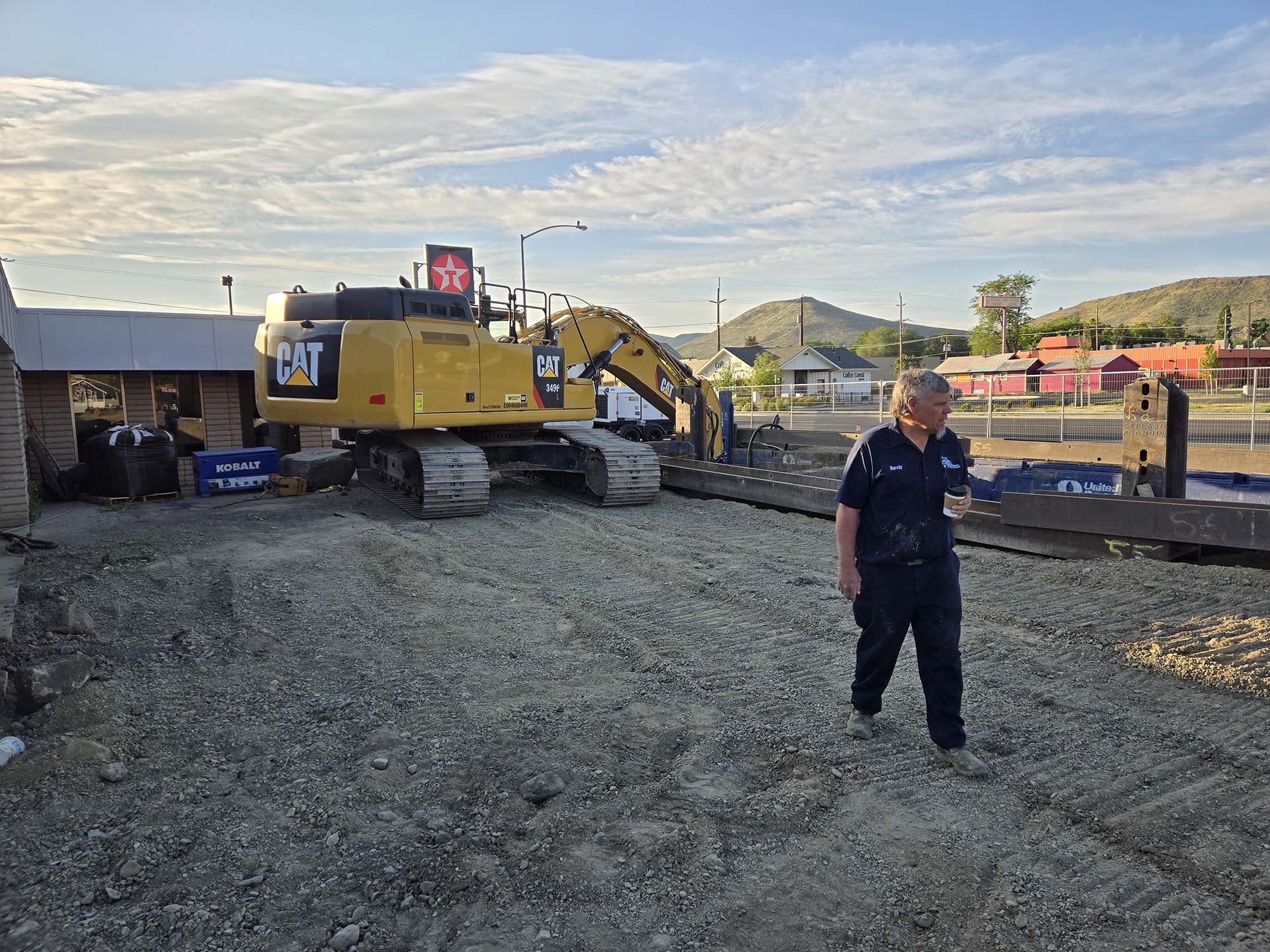Forsea takes reins of livestock group
Published 6:37 pm Wednesday, October 22, 2008
Rancher Dan Forsea of Richland replaced Cal Ransom as president of the
Baker County Livestock Association at the group’s annual business
meeting on Saturday.
Forsea is a third-generation rancher running a cow-calf operation with
Hereford-Angus cattle on 9,600 acres of private land between Richland
and Halfway.
During the next two weeks the family will move about 3,000 cow-calf
pairs from 15,000 acres of BLM allotments to the ranch for the winter.
The story of the Forsea ranch begins in 1909, when Dan’s 16-year-old
grandfather, who had immigrated to the United States from Romania, met
a beautiful young lady named Blanche who was working
as a ranch cook while he was working for the railroad at Huntington.
The young couple married, purchased a small acreage which Dan Forsea figures was around 40 acres, and founded the family ranch.
Dan Forsea’s father, Walt, now 84, and his brother, Bob, returned from serving in World War II to run the ranch.
In 1957, when Brownlee Dam was built, the family moved the ranch from the original site along the Snake River.
Dan grew up working on the ranch and after serving in the military during the Vietnam War he returned in 1973 to run the ranch with his father. His sons are the fourth generation on the ranch, and will help run it if they choose the ranching life after college and military service, Dan said.
“Right now, me and my dad run the ranch with one full time and one part time ranch hand,” Dan said.
He said much of the ranch property and grazing allotment are on hillside rangeland too steep to herd cattle with 4-wheelers.
“You have to enjoy riding horseback because you can’t get around on 4-wheelers,” Dan said. “Dad’s 84, and he still rides. Three weeks ago he loaded up a pack horse with salt and took it out.”
Despite the steep terrain, Dan said there’s plenty of grass during the spring, summer and fall, and the scenery is beautiful, with lots of wildlife ranging from chukars to bighorn sheep.
The Forseas turn their cattle out on grazing allotments in April and bring them home around the first week of November, depending on weather.
“We calve in May and June, and we don’t wean them until February. Normally we don’t have to feed hay until December,” Dan said. “Our range has good feed and lots of water.”
During roundup, friends and family who like to ride horses and rope cattle help herd the cattle back to the ranch, where they also help rope the calves for immunizations, branding and separating the heifer calves from the bull calves, most of which are then converted to steers.
“My wife cooks a big meal and when the work is done we sit around the campfire and tell stories and drink beer,” Dan said.
He is one of 16 Baker County ranchers who market cattle through Country Natural Beef.
“I’ve been a rancher my whole life. I’ve been involved in soil conservation for 27 years. We’ve made a viable sustainable ranch here and we’ve gotten some conservation awards, but I haven’t spent a lot of time at cattlemen’s meetings,” Dan said. “The political part is something I will be learning about.”
In his new role as president of the Livestock Association, Dan said the big issues he’ll be working on are preserving ranchers’ water rights, access to grazing allotments and the right to protect their property and livestock from wolves.
“Water, wolves and public lands, those are the big issues right there,” Dan said.
He said some environmental groups are behind efforts to take water rights away from farmers and ranchers and give the priority rights to municipalities and for instream flows for fish and wildlife.
“There’s always something coming up where somebody is trying to take our water rights or our property rights away from us,” Dan said.
As the only rancher from Baker County serving on the Northeast Oregon Resource Advisory Committee, Dan said he has been working with representatives of the BLM, Forest Service, recreational and ATV groups, a citizen member and a representative of the environmental community to develop advisory plans for managing the forests and rangelands for multiple uses.
“Right now we’re trying to figure out a resource management plan for the John Day RAC. Pretty soon we will be starting to work on a plan for Baker County,” Dan said.
Other issues he is hoping to make progress on during his term as president of the Livestock Association include working with the Baker County Farm Bureau in the development of a multiple-use water storage project, which he said would have to include water storage for irrigation, recreation, fish and wildlife habitat and possibly power generation.
In addition to working on those issues, Dan said the Livestock Association will be working to promote beef and improve the image of ranchers.
“We’ll be looking at funding a beef lunch once a month in the local schools (around Baker County) to educate kids about why beef is good for you,” he said.
“Kids are pretty impressionable at that age. Maybe taking them out on the ranch to see what we do would be good educational thing for the kids.”
He’ll also be working with ranchers to develop biosecurity plans and implement electronic ID programs.
Cattlemen also face tough decisions about whether to continue, given the rising costs, with the current brand inspection through the Oregon Department of Agriculture.





